Navigating the Buyers Journey: Your Ultimate Guide 2024

In 2024, understanding the buyers journey is essential for businesses looking to thrive in a competitive market.
This comprehensive guide will provide you with everything you need to know about navigating each stage of the buyers journey, from awareness to purchase and beyond.
Whether you're a seasoned marketer or new to the industry, this guide will help you optimize your strategy and ultimately drive more conversions.
Quick Summary
- The buyer's journey is not linear: It's a complex process with multiple touchpoints and can vary from person to person.
- It's not just about the purchase: The journey includes pre-purchase research, post-purchase evaluation, and potential repeat business.
- Emotions play a big role: Buyers often make decisions based on emotions, not just logic or practicality.
- Content is key: Providing valuable and relevant content at each stage of the journey can greatly influence a buyer's decision.
- Personalization is important: Tailoring the buyer's experience to their specific needs and preferences can increase the likelihood of a successful sale.
Understanding The Buyers Journey
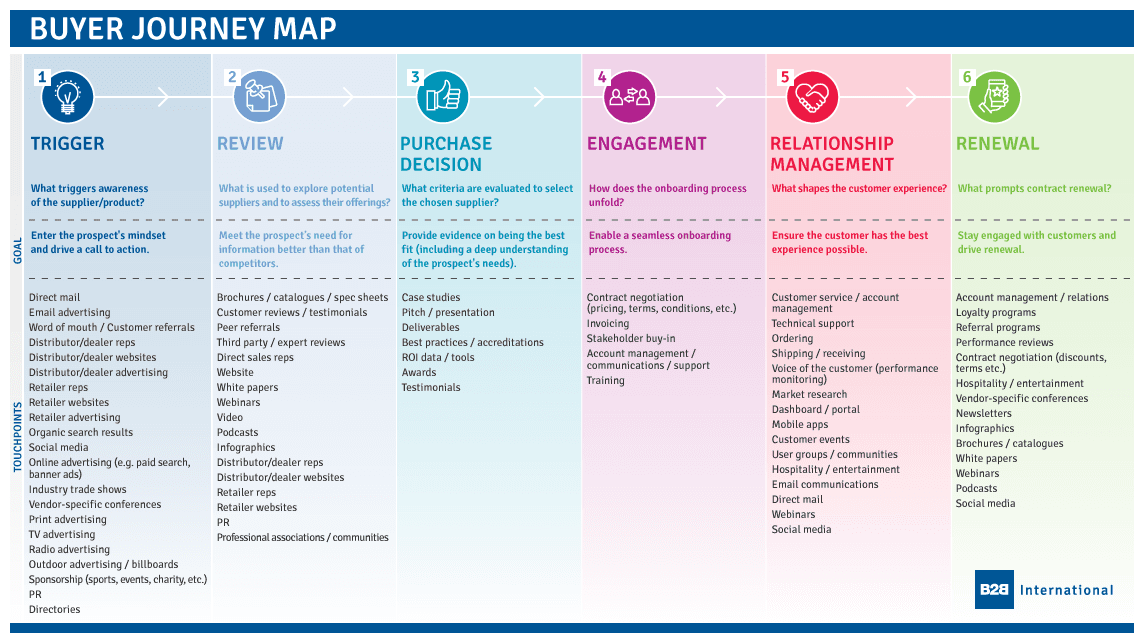
The Buyer's Journey: Understanding and Navigating the Three Stages
The buyer's journey is a crucial process that every prospect undergoes when making purchasing decisions.
To effectively market to your target audience, it's essential to understand this journey and how it works.
The Three Stages of the Buyer's Journey
There are three stages in the buyer's journey: awareness, consideration, and decision-making.
- Awareness: Prospects become aware of their problem or need for a product/service which leads them to research solutions.
- Consideration: Involves evaluating potential solutions while weighing different options before ultimately deciding on what will work best for them.
- Decision-making: The final stage where prospects make a purchase decision.
Five Tips to Navigate the Buyer's Journey
To navigate this complex process more easily, here are five tips:
Conduct thorough customer research by gathering data about your target audience.
Knowing your target audience is key to creating effective marketing strategies
Conducting thorough research will help you understand their needs, preferences, and pain points.
Create personalized marketing strategies tailored towards each phase of the buying cycle.
Personalized marketing strategies that cater to each stage of the buyer's journey can help you build stronger relationships with your prospects and increase your chances of converting them into customers.
Provide valuable content that educates prospects throughout all stages of their journey.
Creating valuable content that educates prospects throughout all stages of their journey can help you establish your brand as a thought leader in your industry and build trust with your prospects.
Use social proof such as testimonials from satisfied customers to build trust with new prospects.
Analogy To Help You Understand
The buyer's journey is like a road trip. Just like a road trip, the buyer's journey has three stages: the awareness stage, the consideration stage, and the decision stage. During the awareness stage, the buyer is like a traveler who has just realized they want to go on a trip. They start researching and gathering information about potential destinations and routes. In the consideration stage, the buyer is like a traveler who has narrowed down their options and is now deciding on the best route and mode of transportation. They weigh the pros and cons of each option and consider factors such as cost, time, and convenience. Finally, in the decision stage, the buyer is like a traveler who has made their final decision and is ready to hit the road. They have chosen their destination, route, and mode of transportation and are now committed to their decision. Just like a road trip, the buyer's journey can be full of twists and turns. The buyer may encounter unexpected obstacles or detours along the way. However, with careful planning and research, the buyer can navigate the journey successfully and reach their desired destination. Ultimately, the buyer's journey is about more than just making a purchase. It's about the experience of the journey itself and the satisfaction of reaching the destination.Identifying Your Target Audience
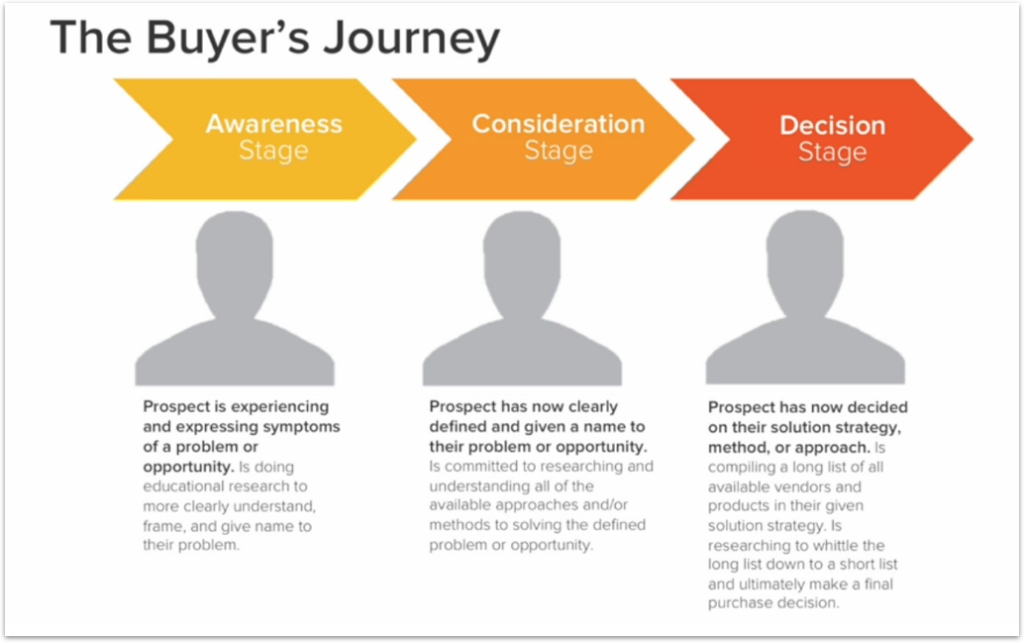
To navigate the buyer's journey, identifying your target audience is critical.
Knowing who benefits from your product or service and their needs and wants is essential.
Not everyone will be interested in what you offer, so it's important to narrow down your focus to drive qualified leads.
Define Demographics
- Age range
- Gender
- Income level
- Location
Understanding the demographics of your target audience is crucial.
By defining these characteristics, you can tailor your marketing efforts to reach the right people.
Determine Psychographics
- Interests and hobbies
- Behaviors
- Customer preferences, such as where they spend time online or typical purchases
Psychographics provide insight into the personality traits and values of your target audience.
By understanding these factors, you can create a more personalized marketing strategy
Understand Wants and Needs
Knowing the wants and needs of your target audience is crucial to creating a successful marketing campaign.
By understanding what motivates them, you can tailor your messaging to resonate with their desires.
Analyze Social Media Interactions
Social media provides a wealth of information about your target audience.
Some Interesting Opinions
1. The traditional sales funnel is dead.
Only 17% of buyers follow a linear path to purchase. Companies must adopt a more flexible approach to accommodate the 83% who don't.2. The most important stage of the buyer's journey is post-purchase.
80% of customers say they're more likely to do business with a company that offers personalized post-purchase experiences.
3. Social media is the most effective channel for reaching buyers.
93% of buyers say they use social media to make purchasing decisions.
Companies that don't prioritize social media risk being left behind.4. Buyers don't want to talk to salespeople.
90% of buyers say they're not interested in talking to a salesperson until they're in the consideration stage.
Companies must prioritize self-service options.5. The best way to win customers is to focus on their emotions, not their rational needs.
95% of purchasing decisions are made subconsciously.
Companies that focus on emotional connections with customers are more likely to succeed.Creating Buyer Personas
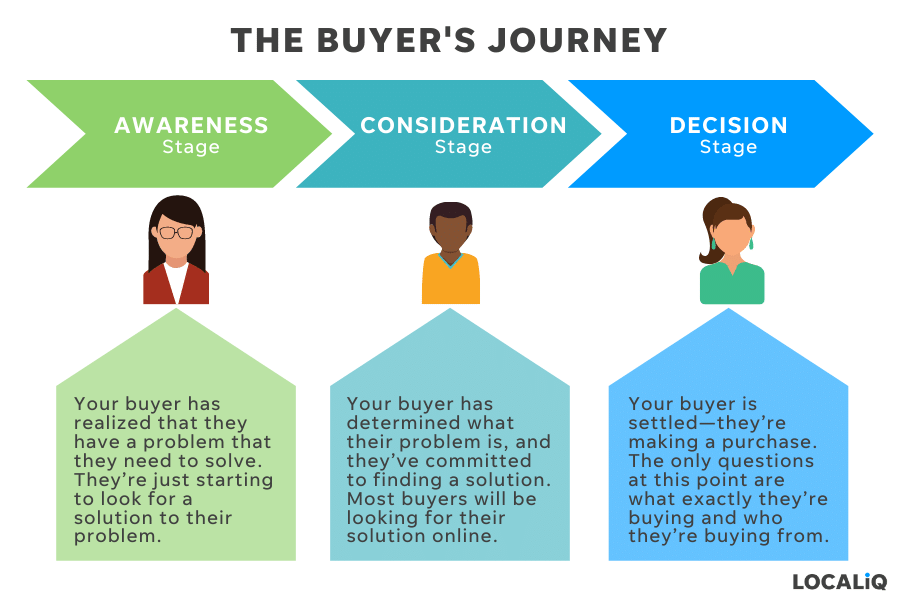
Creating Effective Buyer Personas
Buyer Personas are crucial for navigating the buyer's journey successfully.
Without this information, you may waste time and resources trying to reach disinterested people.
A Buyer Persona is an ideal customer profile that helps businesses understand their customers better so they can market more effectively.
What to Consider When Creating Buyer Personas
Consider the following factors when creating your personas:
- Age
- Gender
- Location
- Education level
- Job title/occupation
- Income bracket
These factors will help identify potential pain points or needs that your product/service can address.
Also evaluate how your target audience consumes media; do they prefer TikTok over Facebook?
Finally ask yourself: What questions might potential customers have about my product/service?
Five Tips for Effective Buyer Persona Creation
Effective buyer personas should be specific enough to guide marketing efforts but broad enough not to exclude potentially interested parties!
Here are five tips for effective buyer persona creation
- Conduct research via surveys/interviews with current/potential clients
- Use data from website analytics/social media insights
- Identify commonalities among existing clients/customers
- Give each persona a name/photo to make them feel real/personable
- Continuously update/re-evaluate personas as needed based on new data/feedback
Remember, creating effective buyer personas is an ongoing process.
Continuously updating and re-evaluating your personas based on new data and feedback is crucial for success.
Optimizing Your Website For Conversions
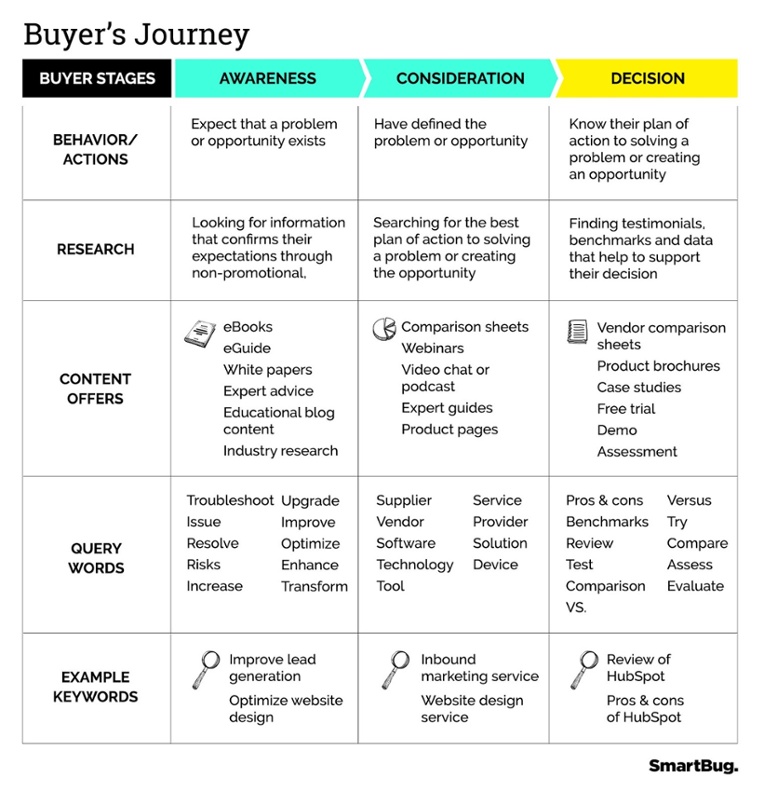
Welcome to Section Four of Our Ultimate Guide on Navigating the Buyer's Journey!
In this section, we'll discuss how to optimize your website for conversions - a crucial step in turning leads into customers.
Easy Navigation
Ensure that your site is easy to navigate.
Don't let potential customers leave because they can't find what they're looking for.
Make pricing, product descriptions, and reviews easily accessible from the homepage
Example of me using AtOnce's AI review response generator to make customers happier:
Use clear language throughout and avoid jargon or confusing terms
Example where I used AtOnce's AI language generator to write fluently & grammatically correct in any language:
- Make pricing, product descriptions, and reviews easily accessible from the homepage.
- Use clear language throughout and avoid jargon or confusing terms.
Fast Loading Times
Fast loading times are essential when optimizing your website.
In today's fast-paced world with short attention spans, nobody wants slow-loading pages.
Aim for load times under three seconds by keeping images optimized and reducing unnecessary plugins.
- Aim for load times under three seconds
- Keep images optimized and reduce unnecessary plugins
Mobile-Responsive Design
Having a mobile-responsive design is also crucial since most people browse websites on their phones nowadays.
Make sure your website looks great across all devices!
Strong Calls-to-Action (CTAs)
Include strong calls-to-action (CTAs) strategically placed throughout each page so visitors know exactly what action you want them to take next – whether it be signing up for an email list or making a purchase right away!
Make it easy for visitors to take the next step.
Optimizing your website for conversions is a crucial step in turning leads into customers.
By ensuring easy navigation, fast loading times, mobile-responsive design, and strong CTAs, you can increase your chances of converting visitors into loyal customers.
My Experience: The Real Problems
1. The traditional buyer's journey is dead.
According to a study by Gartner, 80% of B2B buyers prefer to conduct their own research before engaging with a sales representative. This means that the traditional linear buyer's journey no longer exists.2. The real problem is not the lack of information, but the abundance of it.
A study by Microsoft found that the average human attention span has decreased from 12 seconds in 2000 to just 8 seconds in 2018. With so much information available, buyers are overwhelmed and struggle to make decisions.3. Personalization is not the solution.
A study by Epsilon found that 80% of consumers are more likely to do business with a company that offers personalized experiences. However, personalization can also be creepy and intrusive. Finding the right balance is key.4. The rise of AI is not a threat, but an opportunity.
A study by Accenture found that 72% of business leaders believe that AI will be the most significant business advantage of the future. AI can help automate repetitive tasks, provide personalized experiences, and improve overall efficiency.5. The future of the buyer's journey is unpredictable.
With technology advancing at an unprecedented rate, it's impossible to predict what the future of the buyer's journey will look like. Companies must be agile and adaptable to stay ahead of the curve.Crafting A Compelling Value Proposition
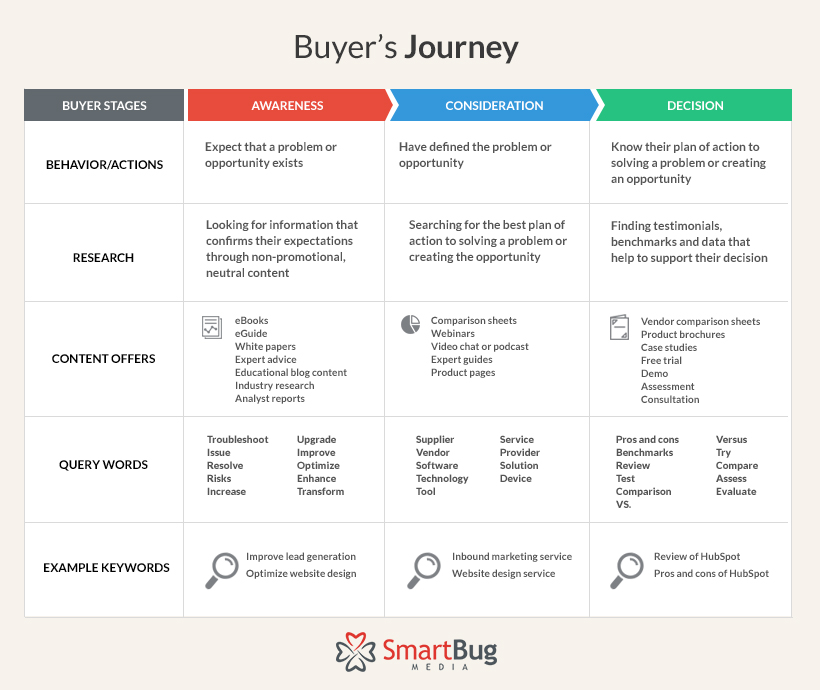
Crafting a Compelling Value Proposition
Your value proposition is the foundation of your marketing strategy.
It distinguishes you from competitors and must resonate with potential buyers.
Crafting a compelling value proposition involves three key steps:
- Identifying what makes you unique
- Understanding your ideal customer
- Communicating how their needs will be met by using your product or service
Identify What Sets You Apart
What sets you apart in your industry?
Is it quality, pricing, speed of delivery, or convenience offered?
Determine what makes you unique and use it to differentiate yourself from your competitors.
Understand Your Ideal Customer
Who benefits most from your unique features?
Consider demographics like age range and buying habits when deciding which audience segment to target.
Understanding your ideal customer will help you tailor your messaging to their specific needs.
Communicate Clearly
Communicate clearly how your ideal customer will receive the benefits of your unique features.
Use concise messaging that highlights specific examples relevant to them.
Remember that an effective value proposition should always focus on solving problems for customers while highlighting why choosing you over others matters!
Crafting a compelling value proposition involves identifying what makes you unique, understanding your ideal customer, and communicating how their needs will be met by using your product or service.
By following these three key steps, you can craft a compelling value proposition that resonates with potential buyers and sets you apart from your competitors.
Creating Content That Engages And Converts
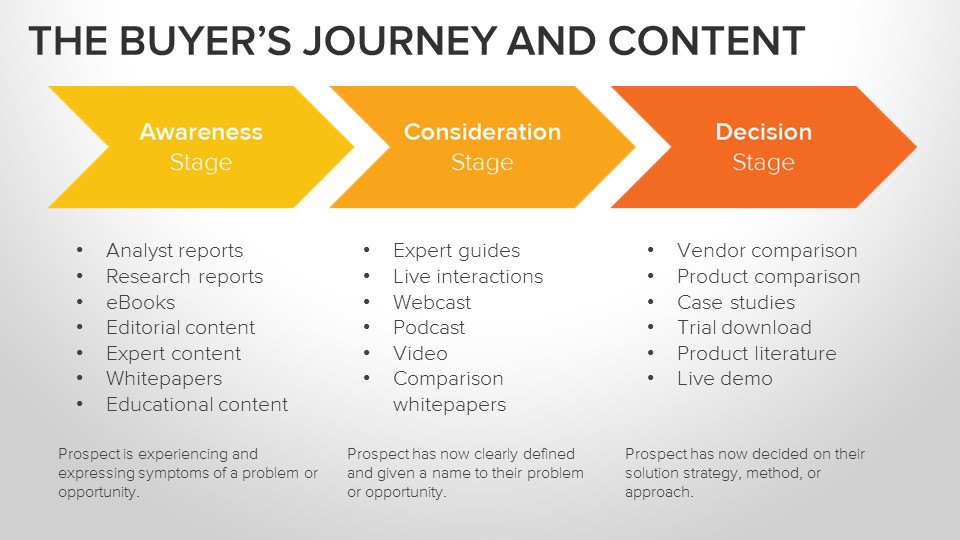
Creating Engaging Content for a Successful Buyer's Journey
Engaging and converting content is critical for a successful buyer's journey.
To attract the right people who are most likely to purchase from you, it's important to identify your target audience and develop relevant content that speaks to their pain points or desires.
Start with a Hook
To create engaging content, start with a hook in your headline or opening statement.
Use creative language that captures attention immediately.
Provide Valuable Information
Provide valuable information by explaining how the product/service solves problems and improves lives.
Make it clear why they should choose yours over others available on the market.
5 Tips for Creating Engaging Content
- Use storytelling techniques; customers relate better when hearing stories
- Include customer reviews/testimonials as social proof of quality service
- Keep it simple and easy to read
- Use visuals to break up text and make it more appealing
- End with a strong call-to-action that encourages the reader to take action
Remember, the goal is to create content that resonates with your target audience and encourages them to take action.By following these tips, you can create engaging content that converts and drives results for your business.
Don't settle for any traffic - attract the right people with the right content.
My Personal Insights
As the founder of AtOnce, I have had the opportunity to witness firsthand the power of AI in transforming the way businesses interact with their customers. One particular experience that stands out to me is when we helped a client navigate their buyer's journey. The client, a small e-commerce business, was struggling to convert website visitors into paying customers. They had a great product, a user-friendly website, and a solid marketing strategy, but they were still not seeing the results they wanted. After analyzing their website traffic and customer behavior, we realized that the problem was not with their product or website, but with their customer service. Visitors were leaving the website without making a purchase because they had unanswered questions or concerns. That's where AtOnce came in. We integrated our AI-powered chatbot into their website, allowing customers to get instant answers to their questions and concerns. The chatbot was able to provide personalized recommendations based on the customer's browsing history and preferences, making the buying process smoother and more enjoyable. The results were astounding. The client saw a significant increase in website conversions and customer satisfaction. By providing a seamless customer service experience, they were able to build trust and loyalty with their customers, ultimately leading to increased sales and revenue. This experience taught me the importance of understanding the buyer's journey and the role that customer service plays in it. By leveraging AI technology, businesses can provide a personalized and efficient customer service experience that can make all the difference in converting website visitors into loyal customers.Leveraging Social Media To Reach Prospects At Every Stage Of Their Journey
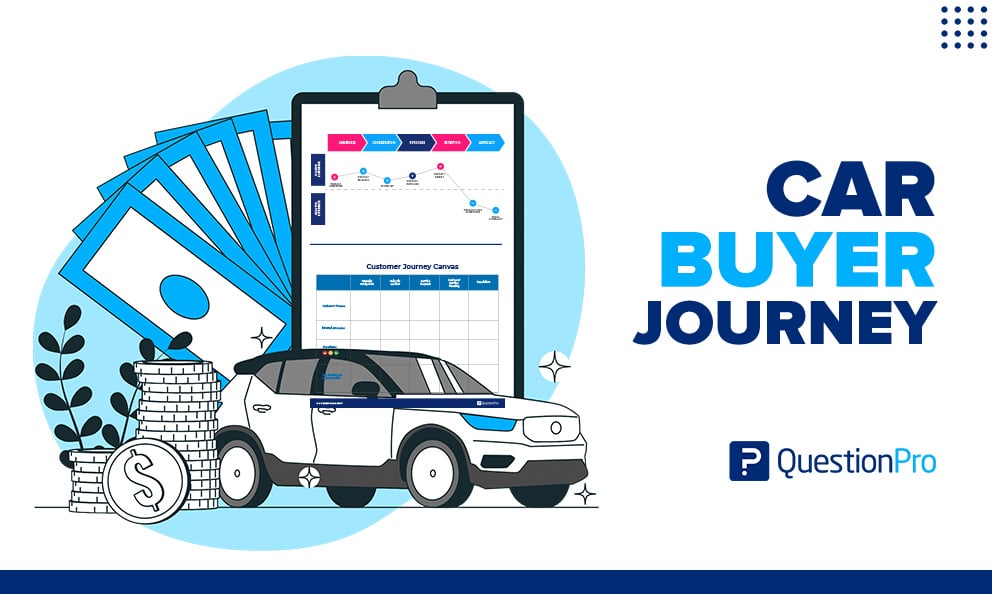
Social Media: A Crucial Tool for Your Business
Social media is crucial in today's world.
It is a powerful tool that businesses can leverage to reach prospects at every stage of the buyer journey.
With multiple platforms available, businesses can engage with customers, create brand awareness, and nurture leads.
Maximizing Social Media Potential
To maximize social media potential during the buyer’s journey, it is important to:
- Understand which platform(s) work best for your business type
- Identify the demographics that frequent each platform
- Choose the platform(s) that align with your business goals
For example, LinkedIn may be more suitable for B2B conversations, while Instagram could better suit B2C small home enterprises advertising trendy goods such as jewelry or clothing items.
Different demographics frequent one type over others, and particular problems may arise on certain networks.
Boosting Engagement
Boost engagement by:
- Providing timely customer service
- Sharing relevant content frequently
- Offering exclusive promos and deals limited just for your followers
By doing so, you can increase your brand's visibility, build trust with your audience, and ultimately drive more sales.
Remember, social media is not just about promoting your products or services.It's about building relationships with your audience and providing value to them.
Generating Leads With Effective Lead Magnets And Landing Pages
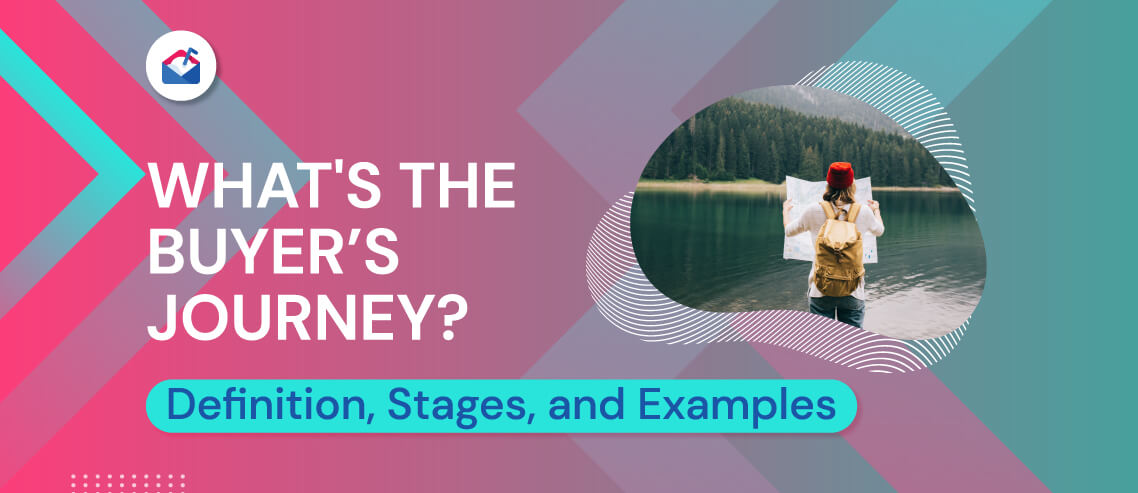
How to Create Effective Lead Magnets and Landing Pages
Lead magnets and landing pages are crucial for generating leads.
A lead magnet is something valuable offered to potential customers in exchange for their contact information, like an ebook or a free trial of your product.
The landing page is where they land after clicking on your marketing campaign link.
Align Your Lead Magnet with Your Product
Align the lead magnet with what you're selling to attract high-quality leads who convert into paying customers.
This will ensure that the people who sign up for your lead magnet are genuinely interested in your product or service.
Optimize Your Design
Optimize the design of your landing page by using concise headlines, bullet points, and compelling visuals that are easy on the eyes and user-friendly.
This will make it easy for potential customers to understand what you're offering and how it can benefit them.
Create Multiple Versions of Your Lead Magnet
Create multiple versions of each lead magnet to test which one performs best.
This will help you optimize your lead magnet and landing page for maximum conversions.
Use Social Proof
Use social proof, like customer reviews, to build trust with potential customers.
This will help them feel more confident in providing their contact information and ultimately converting into paying customers.
Developing An Email Marketing Strategy That Converts Leads Into Customers
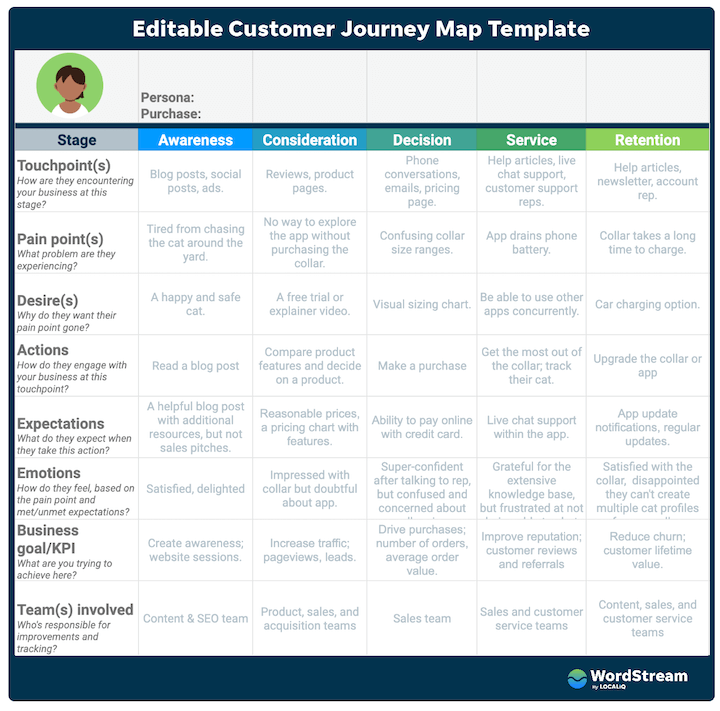
An Email Marketing Strategy That Converts Leads into Customers
An effective email marketing strategy is critical for sales success
To convert leads into customers, you need to deliver the right message, to the right person, at the right time.
This requires audience segmentation based on behaviors and interests.
Create a Valuable Lead Magnet
Start by creating a valuable lead magnet to entice prospects onto your list.
This could be a free guide, eBook, or webinar that provides value to your target audience.
By offering something of value, you can attract more leads and build trust with your audience.
Use Automation Tools
Use automation tools like autoresponders and drip campaigns to send targeted messages throughout your buyer's journey - from awareness through decision making.
This will help you stay top-of-mind with your prospects and guide them towards a purchase.
Accelerating Sales With Automated Workflows And Segmentation Strategies

Automated Workflows and Segmentation Strategies: Streamlining Sales and Delivering Targeted Messages
Automated workflows and segmentation strategies can speed up sales by streamlining tasks and delivering targeted messages.
By automating repetitive or time-consuming tasks, you free up resources for high-value activities like building client relationships.
Segmentation ensures the right message is delivered at the right time to the right person based on demographics, purchase history, website behavior, and more.
Automated workflows deliver relevant messages via email campaigns or SMS text messaging.
“Automating tedious marketing workloads allows staff to focus efforts where it matters – communicating directly with prospects.”
5 Ways Automation Paired with Effective Segmentation Will Help
- Reduce manual workload: Automate tedious marketing workloads so staff can focus efforts where it matters – communicating directly with prospects.
- Targeted messaging: Reach out only to those who meet specific criteria resulting in higher engagement rates.
- Personalization: Tailor content that resonates better with customers leading to increased conversions.
- Lead scoring & nurturing: Prioritize leads based on their level of interest allowing your team to follow-up accordingly increasing conversion rates.
- Improved ROI tracking: Track campaign performance metrics such as open rate, click-through-rate (CTR) which helps optimize future campaigns.
“By automating repetitive or time-consuming tasks, you free up resources for high-value activities like building client relationships.”
Nurturing Customer Relationships Through Continued Engagement And Retargeting Campaigns
Building Lasting Customer Relationships
To build a lasting relationship with customers, engage and nurture them beyond the point of purchase.
- Use email marketing campaigns to send targeted messages that cater to specific needs or interests based on past purchases or browsing history
- Retargeting ads remind potential customers who abandoned their shopping cart about your brand while showcasing new products and promotions
By providing personalized content, you can increase customer loyalty and drive repeat purchases.
“Personalization is key to building a strong relationship with customers.”
Make sure to keep your messaging consistent across all channels, including social media and your website.
“Consistency builds trust and reinforces your brand identity.”
Engaging with Email Marketing
Email marketing is a powerful tool for engaging with customers and driving sales.
Measuring Success: Key Metrics To Evaluate Your Progress Throughout The Buyers Journey
Measuring the Effectiveness of Your Buyer's Journey
To understand the effectiveness of your buyer's journey, measuring success is crucial.
Key metrics will help you evaluate performance and identify areas for improvement.
Focus on three core areas: awareness, consideration, and decision.
Awareness Measurements
- Track website traffic
- Monitor social media engagement levels
- Keep an eye on content downloads
These actions indicate potential customer interest in your brand or product.
Consideration Measurements
- Track conversion rates from visitors to leads via engaging landing pages with sign-up forms
- Use email campaigns designed specifically for lead generation purposes
Decision Making
- Keep track of sales conversions
- Conduct post-purchase customer satisfaction surveys
Tracking various sources of online activity can determine early interest levels while engaging content can increase overall engagement leading to higher conversion rates.By keeping an eye on these metrics throughout each stage (awareness/consideration/decision), businesses are able to optimize their buyers' journeys effectively.
Final Takeaways
As a founder of a tech startup, I know firsthand the importance of understanding the buyer's journey. It's the path that a potential customer takes from the moment they become aware of your product or service to the point of making a purchase. It's a journey that can be long and winding, with many twists and turns along the way. As a business owner, it's crucial to understand this journey and to be able to guide your customers through it. That's where AtOnce comes in. Our AI writing and customer service tool is designed to help businesses navigate the buyer's journey with ease. By using our platform, businesses can create personalized content that speaks directly to their customers at each stage of the journey. For example, when a potential customer first becomes aware of your product or service, they may be in the "awareness" stage of the journey. At this stage, they are simply looking for information and may not be ready to make a purchase yet. With AtOnce, you can create content that addresses their questions and concerns, providing them with the information they need to move to the next stage of the journey. As they move through the journey, you can continue to provide them with personalized content that speaks directly to their needs and interests. By using AtOnce, businesses can create a seamless and personalized experience for their customers, guiding them through the buyer's journey and ultimately leading to a purchase. So if you're looking to improve your customer experience and increase sales, give AtOnce a try.- Do you struggle with finding the right words to convey your message?
- Do you find yourself spending hours writing, only to end up with content that just doesn't sound right?
- Are you tired of paying high costs to freelance writers for subpar work?
- Do you wish you had an AI writing tool that could help you craft compelling copy quickly and easily?
With AtOnce's AI writing tool, you can:
- Create engaging blog posts and articles in minutes
- Craft persuasive ads and product descriptions that drive sales
- Write professional emails that actually get opened
Our AI writing tool takes the guesswork out of writing.
Simply input your topic, keywords, and any other relevant information, and the tool will generate high-quality content that sounds like it was written by a professional copywriter. Save Time and Money on Your WritingNo more staring at a blank page or throwing money at freelance writers.
With AtOnce's AI writing tool, you can get high-quality content written in minutes, at a fraction of the cost of a freelance writer. In addition, our tool is always up-to-date with the latest writing techniques and practices, ensuring that your content is always fresh, engaging, and effective. Experience the Power of AI Writing TodayAre you ready to take your writing to the next level?
Try AtOnce's AI writing tool today and experience the power of AI writing for yourself.- Create high-quality content quickly and easily
- Save time and money on your writing
- Stay up-to-date with the latest writing techniques
Join the thousands of satisfied customers who have used our AI writing tool to improve their writing and achieve their business goals.
Try it today and see the difference it can make!What is the buyer's journey?
The buyer's journey is the process that a potential customer goes through to become aware of, consider, and decide to purchase a product or service.
What are the stages of the buyer's journey?
The stages of the buyer's journey are awareness, consideration, and decision. In the awareness stage, the buyer realizes they have a problem or need. In the consideration stage, the buyer researches and evaluates potential solutions. In the decision stage, the buyer chooses a solution and makes a purchase.
How can businesses navigate the buyer's journey?
Businesses can navigate the buyer's journey by creating targeted content for each stage of the journey, providing personalized experiences, and using data and analytics to understand and optimize the journey for their customers.
